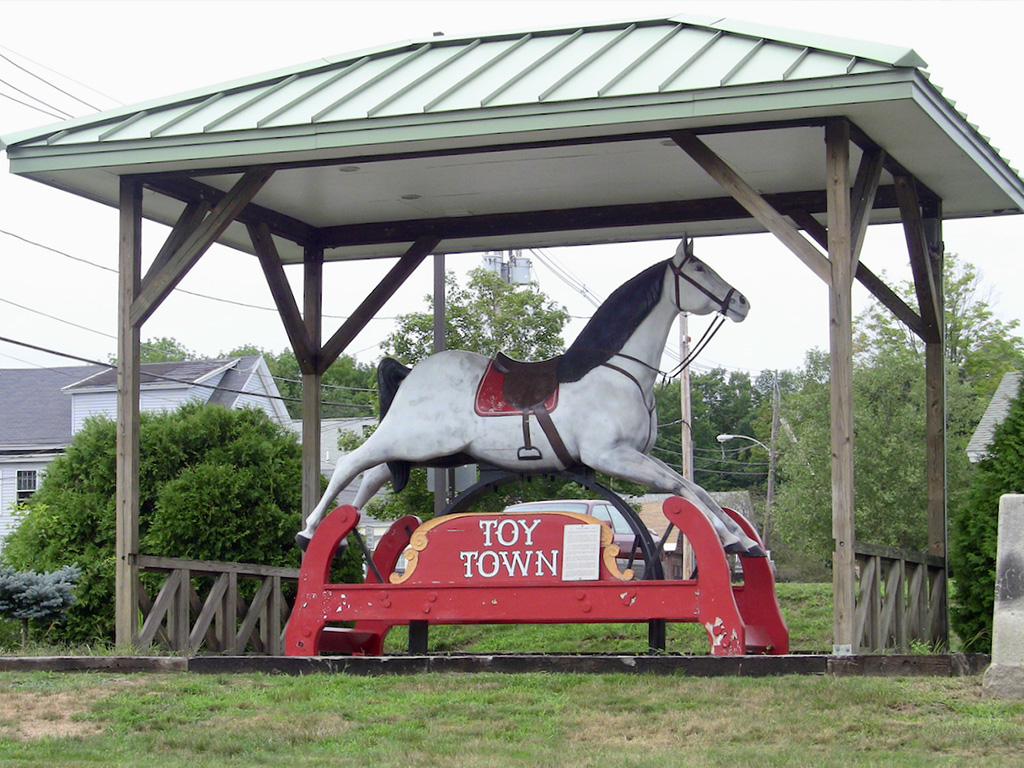Winchendon, MA
With 135 miles objectively assessed and scored, Winchendon moved from reactive repairs to proactive, transparent planning that residents can see and feel.

Winchendon, MA Infrastructure Assessment
Summary
- 135 roadway miles scanned with LiDAR in weeks, giving Winchendon complete, current pavement condition data residents can trust
- Actionable condition scores and prioritized repair lists enabled a defensible paving plan and faster project starts
- Clear, data-backed communication improved council approvals and resident understanding, speeding safer street improvements
Problem
Winchendon managed a large local road network with outdated and inconsistent data, making it hard to know which streets to fix or when and leaving no accurate paving budgets. Without a clear prioritization method and current asset inventory, the team struggled to build defensible work plans and often had to react to complaints instead of executing a strategic program. At public meetings, leaders were forced to play defense to “Why not my road?” questions, and the lack of transparent, current information made budget discussions difficult to win.
Solution
The Town chose Cyvl to rapidly survey 135 roadway miles using vehicle-mounted LiDAR and sensors, capturing lane-level pavement distresses and geo-referenced imagery. Within weeks, Cyvl’s Infrastructure Intelligence platform used AI to generate pavement condition scores, prioritized repair lists, and budget scenarios—turning raw measurements into actionable plans and reports. Winchendon received defensible maps, dashboards, and exportable documentation that made decisions faster, scheduling clearer, and public communication straightforward.
Impact
With 135 miles objectively assessed and scored, Winchendon moved from reactive repairs to proactive, transparent planning that residents can see and feel. The Town leveraged detailed, actionable pavement condition data to sequence treatments, coordinate with utilities, and align budgets to needs—accelerating the path from data collection to construction. Residents benefit from quicker fixes, safer streets, and fewer surprises because leaders can now explain what’s being done, when, and why.
- 135 roadway miles scanned and scored, giving a complete, current picture of street conditions for every neighborhood
- Delivery in weeks, not months, compressed the time from survey to work scheduling so residents saw repairs sooner
- A defensible, multi-year paving plan improved confidence in budget requests and cut debate time at council meetings
- Fewer 311 complaints as clearer timelines and faster pothole response reduced frustration for drivers and taxpayers
- Safer daily travel for school buses, cyclists, and commuters as high-need segments were identified and queued for repair promptly
- More efficient allocation of taxpayer dollars by matching the right treatment to the right road at the right time
- Budget allocation, public communication, and work scheduling became easier with transparent maps, scores, and prioritized lists residents can understand




-%20logo%20(unpadded).png.png)